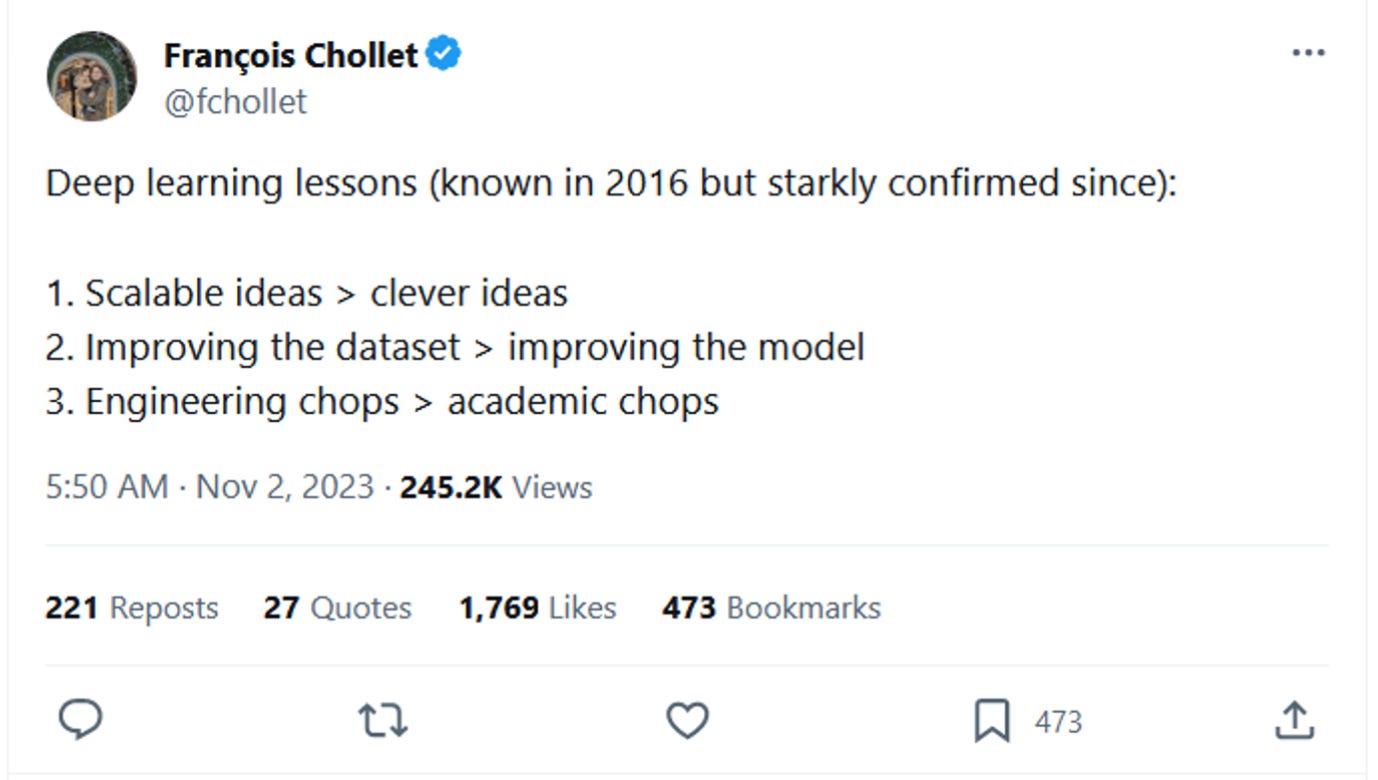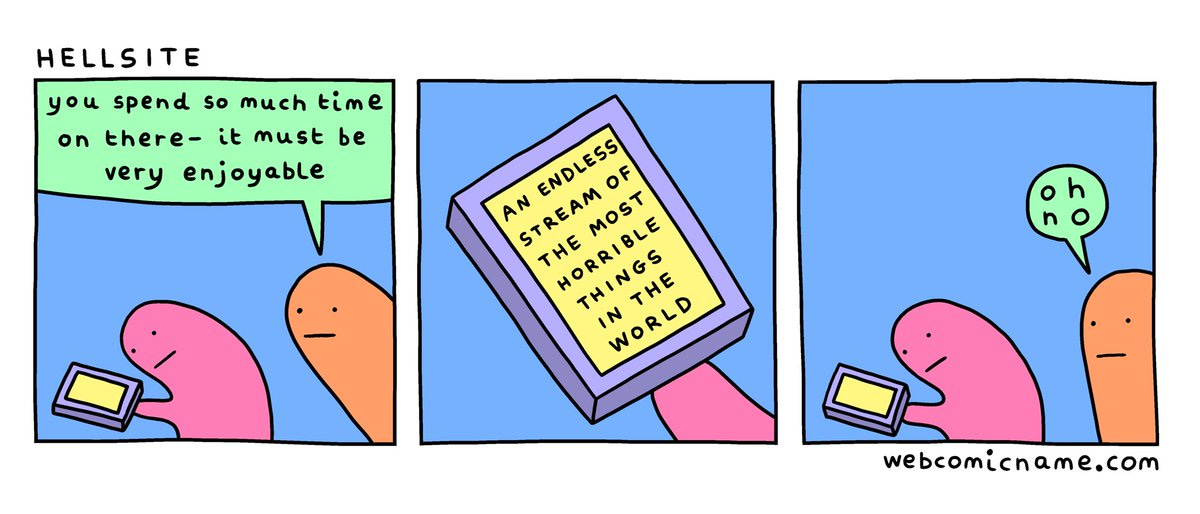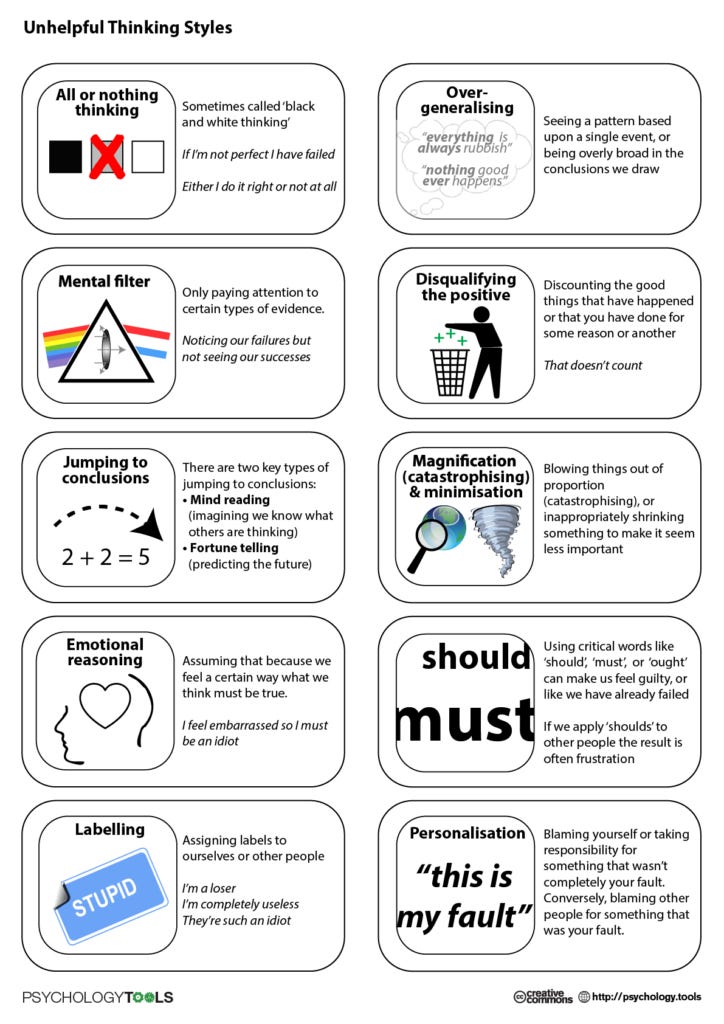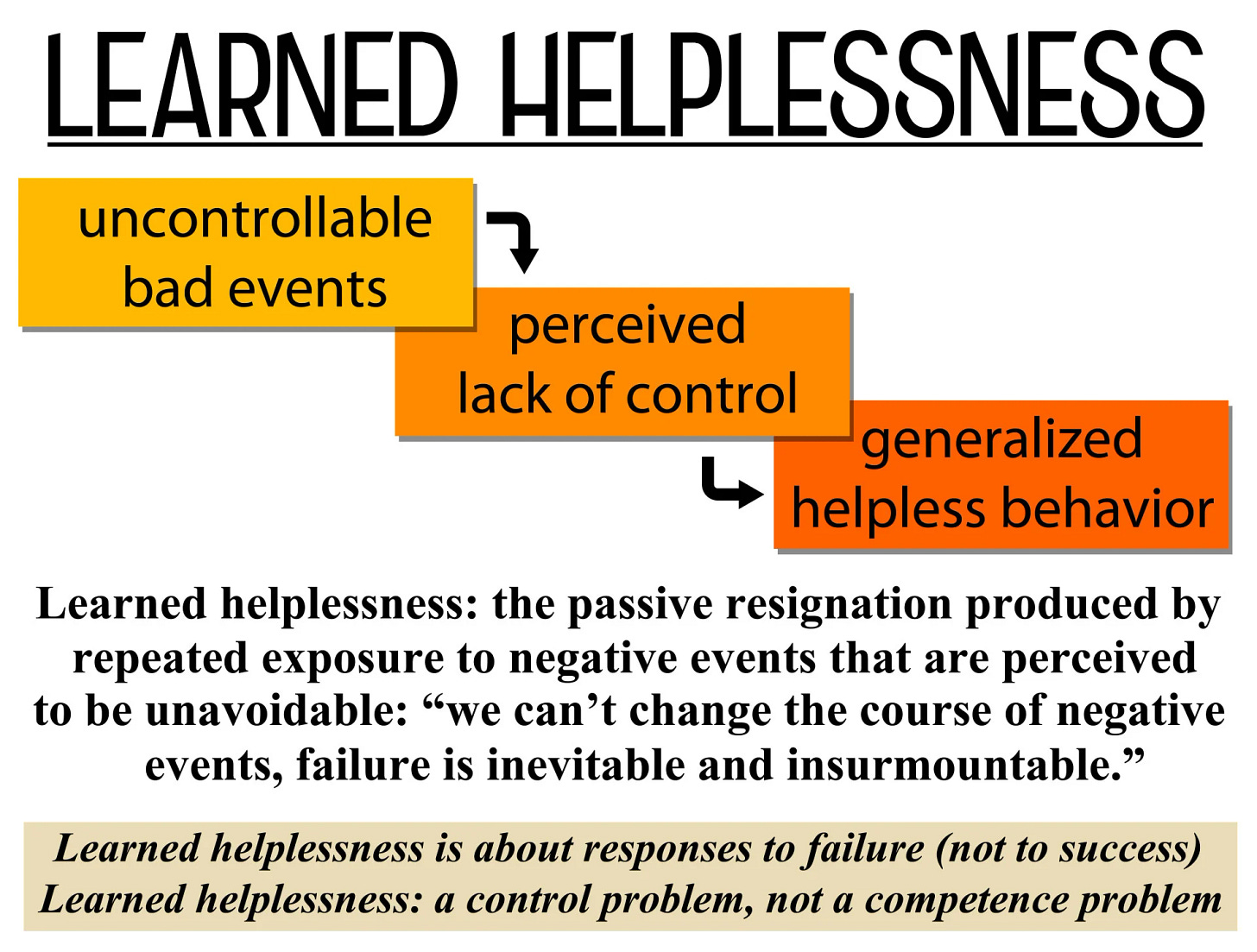Ask most people these days and they would agree that we live in a world where things have gone wrong. If they’re my age, they might rattle off a sequence of historical events they have “lived through”. “Financial crisis, Trump, Brexit, Covid, russia-ukraine, israel-palestine.”
A lot of unfortunate people are really living through these issues, not experiencing them virtually. I am not calling these people doomers. My notion of the doomer is young, western, and educated. They often come from a middle class family. They are usually in white collar work or underemployed in the service industry. And they spend a lot of time ruminating on bad things currently happening (such as wars in distant lands) or large abstract trends in the world that don’t effect them on a day to day basis, like climate change. These people are engaging with these issues through social media. Or alternatively, by talking to people who consume a lot of social media (i.e almost everyone).
The Attention Economy
The attention economy has been called the economic incentive structure that is leading a “race to the bottom of the brain stem”1. It is a historical process that has coincided with modernity. Soon after the creation of the printing press, publishers realized they could sell attention grabbing pamphlets at a loss, because they could make more money from advertising than if they charged readers. This creates a perverse incentive, because advertisers then became the customers and consumers were the product. So instead of being incentivized to create the most entertaining or useful articles, they just started making whatever would get people’s attention.
Nowadays this mechanism has evolved from static media with attention grabbing content to the dynamic, personalized experience of social media. This has resulted in an increase in attention capture. Unlike newspapers or television, people always have their phones available to them. Legacy media may have demographics (the New-York Times reader is different to the Fox-News reader), but it is still broad brush. Your phone on the other hand, targets your specific combination of interests and prejudices with incredibly sophisticated AI algorithms running on the world’s most powerful supercomputers.
Most big platforms use the same algorithms with a little secret sauce thrown in. They are uniquely engaging due to advantages they get from their scale. First of all, they are able to curate large, high quality, proprietary datasets from user interactions across their services. Better datasets means better recommendation systems for engagement hacking. Secondly, they can afford the necessary computing infrastructure to train and run large models. This matters because AI is expensive to train and run. Thirdly, you need money to attract the best machine learning PhD graduates from Stanford, MIT, etc. And if you’re Meta, it costs you extra: reports says Meta must pay more for engineers because of the bad reputation they have.
The most aggressive and potent engagement hacking platform is tik-tok. Tiktok has a lot of advantages that the other big platforms have. In my opinion, their secret sauce to their addictive algorithm is probably the density of their training signal. In machine learning the training signal is similar to the general statistics concept of a “signal to noise” ratio. For example, if you have a computer vision algorithm that you are training to classify images of cat vs images of dog, if your dataset contains mostly pictures that have neither, it will have a “weak signal”. Indeed, one of the consensus heuristics amongst machine learning engineers is that it’s better to improve your dataset than improve your algorithm.
The New York Times described the TikTok algorithm based on leaked internal documents. In short, the algorithm optimises for engagement via two metrics: “retention — that is, whether a user comes back — and time spent. The app wants to keep you there as long as possible”. All social media apps do this. So why is tiktok so much better at it? It is because of its short video format, which has now been copied by instagram reels, youtube shorts etc. As an expert in this excellent podcast on the topic proposes, watching many short videos means the training signal is very dense. That is, in an hour of time spent on the platform, the personalization algorithm receives a tremendous amount of information about what will make you engage. Time spent on each video is a positive signal. Flicking off a video is a negative signal. Likes are a positive signal. Because of the shortness of the videos, it can receive much much more information per hour than another platform like YouTube.
Let’s say we measure information about user preferences in an oversimplified “thumbs up/ thumbs down” metric. For each video liked or disliked, we get one “thumb” of information. Compare two identical users. One watches youtube for an hour. In that time they might watch ten videos at six minutes each. That’s say, ten “thumbs up” of information. Now have that same user watching TikTok. They can watch a video in about 15 seconds. They watch it or swipe past (1 or 0). That’s 4 thumbs a minute. That’s 4 * 60 = 360 thumbs an hour. So the TikTok algorithm has a 36x stronger learning signal than youtube. As a result, the average user also spends more time on TikTok: 95 minutes per day as opposed to 40 minutes per day on YouTube.
Negativity Bias
So why does this process of attention engagement optimization lead to Doomerism? Because of negativity bias. To simplify it: people’s brains find bad news very compelling. As a rule, your brain is more focused on avoiding future pain than it is on gaining future pleasure. One psychology research lab put it like so “Social media algorithms are designed to ensure that you are delivered content similar to what you interact with on a daily basis. … Because we’re predisposed to focus more on negative content, we process it more carefully than positive stimuli, thus devoting more time to it.16 In doing this, (negative) news stories or sources get pushed into our feeds”2
Where Doomers go to hang out
A great example of the type of online community that best typifies this Doomer mindset is the forum “collapse” on Reddit, or r/collapse as the users call it. r/collapse describes itself as a forum where people can have “discussions regarding the potential collapse of global civilization”. In it, people post about income inequality, pandemics, nuclear war, and climate change. User’s posts typify almost every category of what psychologists call “unhelpful thinking styles”, which are thought patterns or “cognitive distortions” that are associated with mental health problems. Typical cognitive behavioral therapy for anxiety or depression aims to allow users to classify their thoughts into these categories and disengage from them instead of ruminating.
That so many terminally online people end up lurking on this subreddit is not an accident. It is the logical conclusion of the current economic incentive structures of the internet. For the terminally online doomer, every day is spent on the screen, focusing on terrible real or imagined events that they have no power to change. Instead of empowering people to go out and improve problems in the read world, the emotional affect of a Doomer is one of what psychologists call “learned helplessness”. Learned helplessness occurs when you are repeatedly traumatized by a bad event that you feel you have no control over. Then, when bad things happen to you in the future, you will not try to prevent them, even if you do actually have the ability to stop them.
One of the key attributes of a “doomer” mindset is the impulse to reduce complex issues to simple solutions or narratives. As a result, Doomers see people who don’t agree with them as being evil and stupid.
This plays out in the political sphere as voter polarization.
Get fed negative information to make you feel afraid, angry and helpless about a contentious societal issue, let us call it issue “X”
This is a result of the algorithm optimizing for your engagement with issue X
You develop a oversimplified view of issue X due to the selection of information you see about it, whereas it is really a complex issue with many aspects to it, and it is reasonable for someone to hold the opposite view to you if they have different experiences or values
Anyone who disagrees with your view of issue X is not just misinformed or stupid, they are evil and must be stopped at all costs
Approaches to solving issue “X” flip flop between two extremes. Party A comes in and applies their ideological approach to issue “X”, which exacerbates it in one direction. Then party “B” comes in and applies the opposite approach, with a similar lack of success. Meanwhile the deep, complex causes of the issue remain ignored and it gets worse.
Sound familiar?
Reject Doomerism, log off and be useful
Rejecting doomerism is simple. Unplug your router for the weekend. Go out and leave your phone at home. Buy the newspaper if you want to keep up with current events. Better yet, read books about topics you want to be informed about. You will be more informed and less upset if you read a book about the history of Israel and Palestine, than if you scroll social media videos about it.
I will end with a quote from C.S Lewis, the British religious author who was called to give lectures to the public during WW2. For him, the reality of living through historical events was depressingly real. This quote is a good summary of how I think we should approach the problems of the world; with dogged persistence, optimism, and empathy.
”If we are all going to be destroyed by an atomic bomb, let that bomb when it comes find us doing sensible and human things.” - CS Lewis








